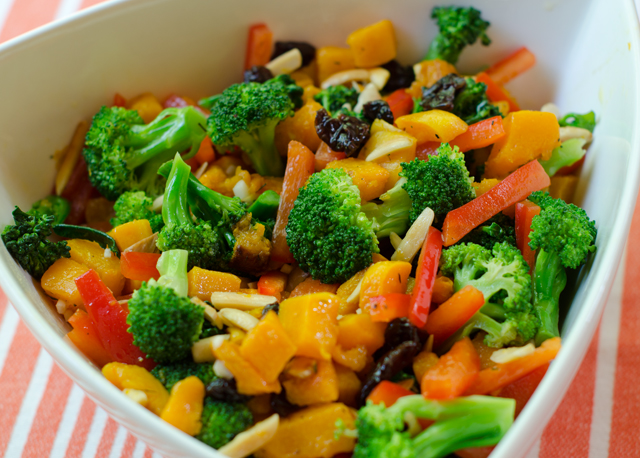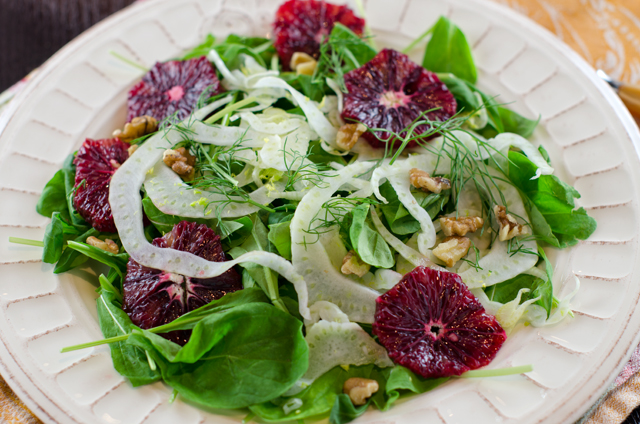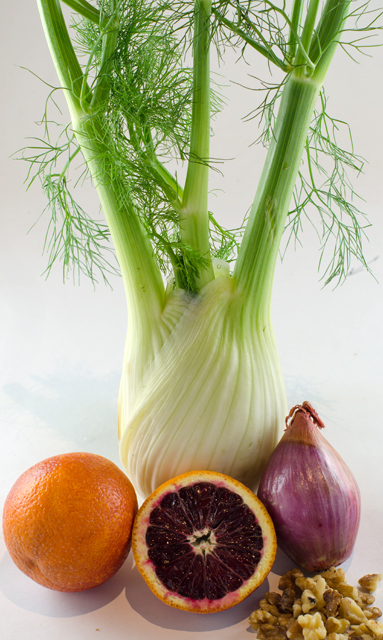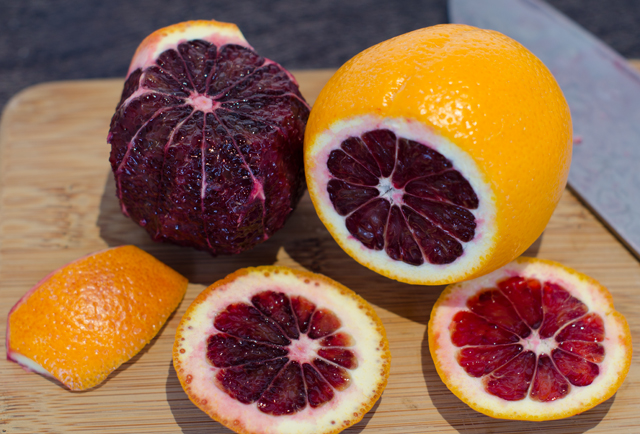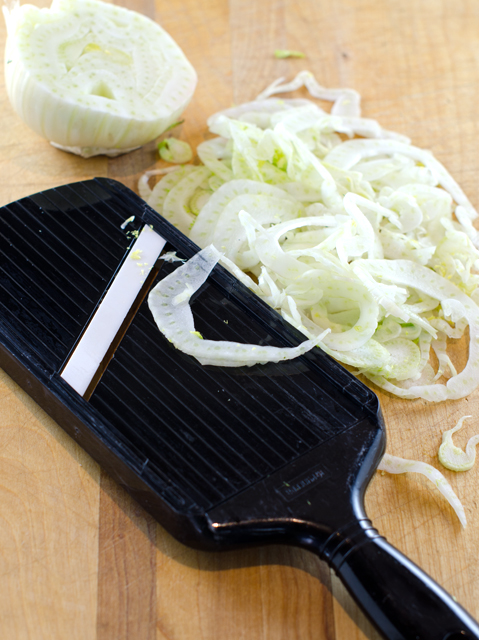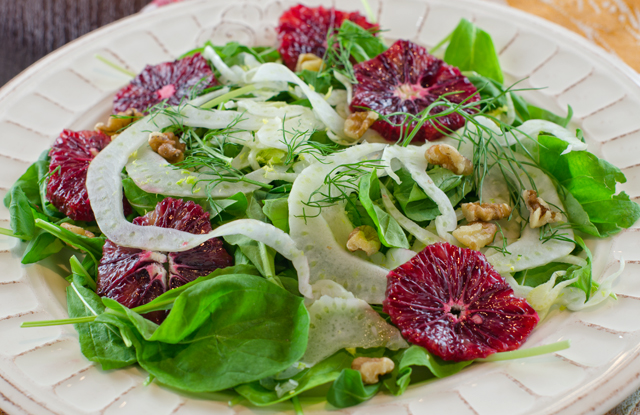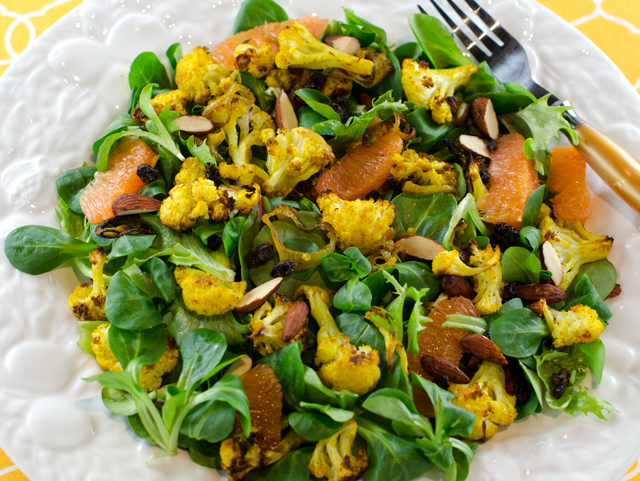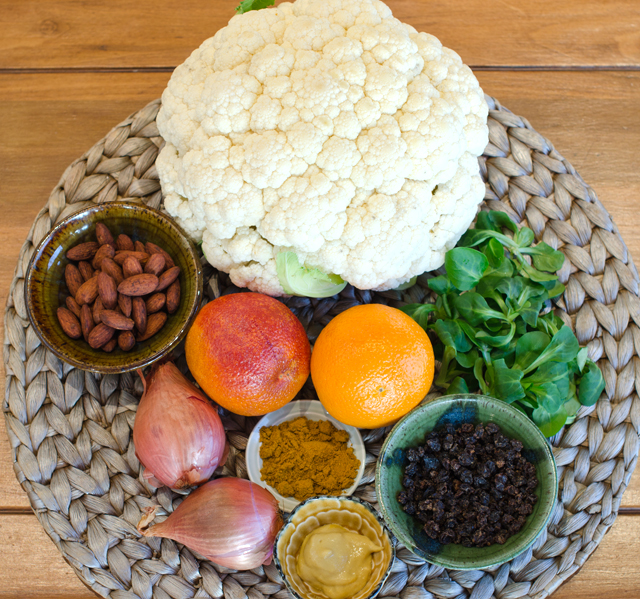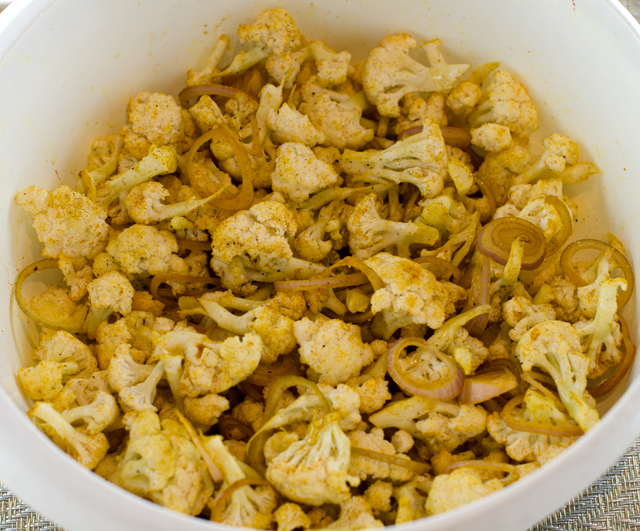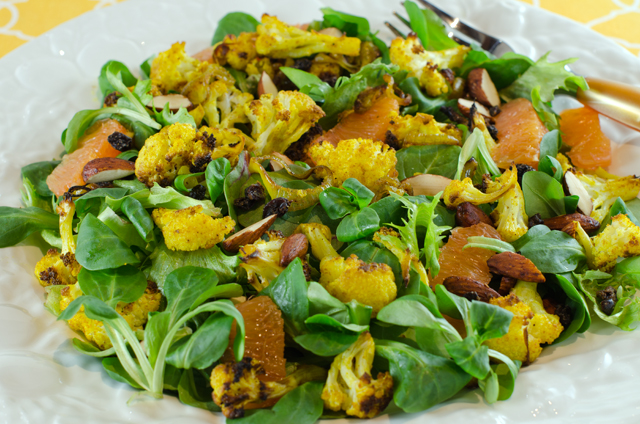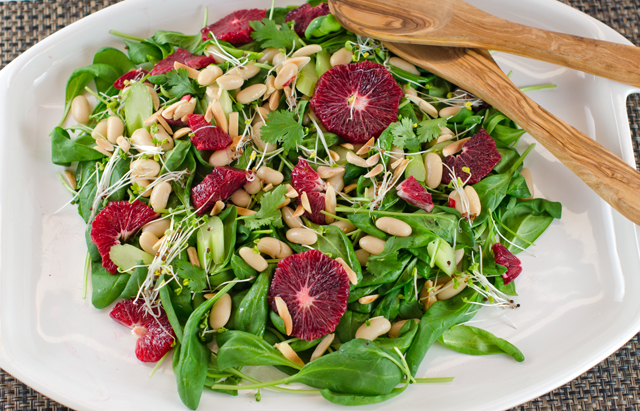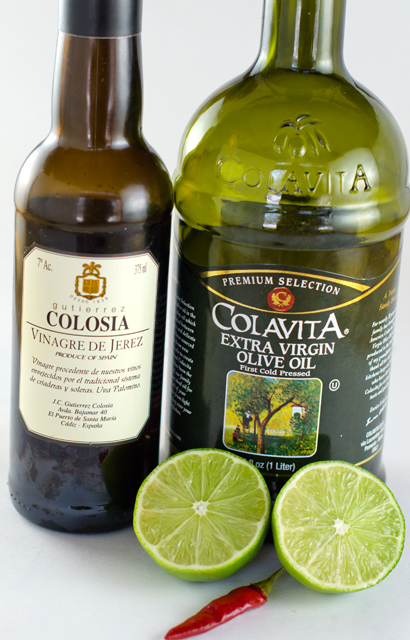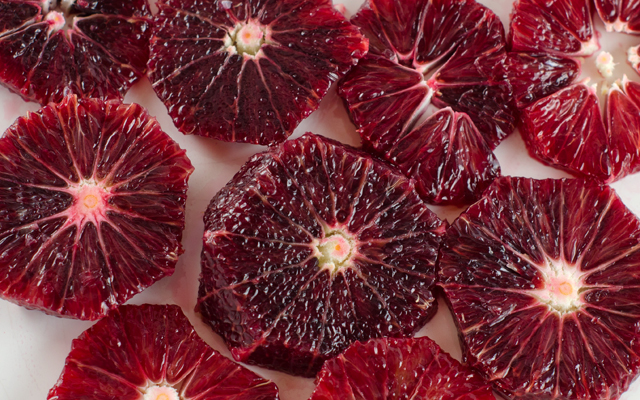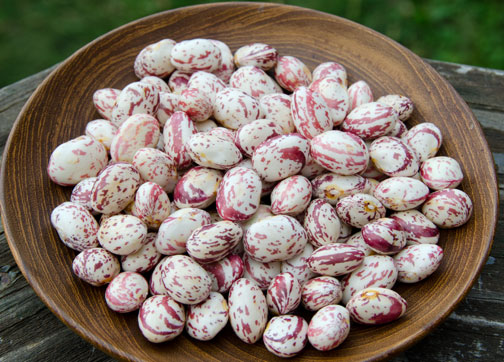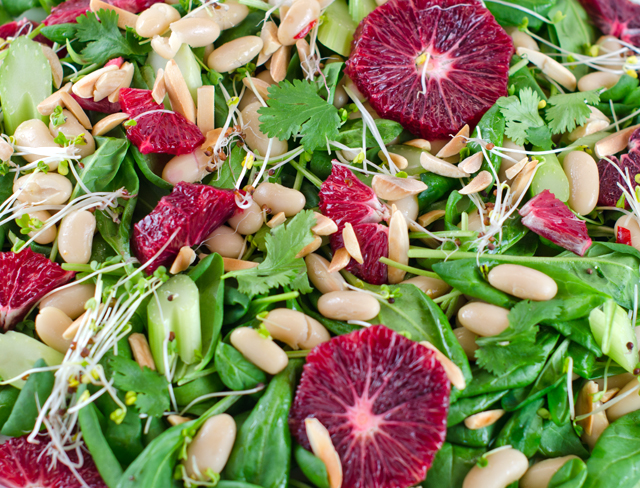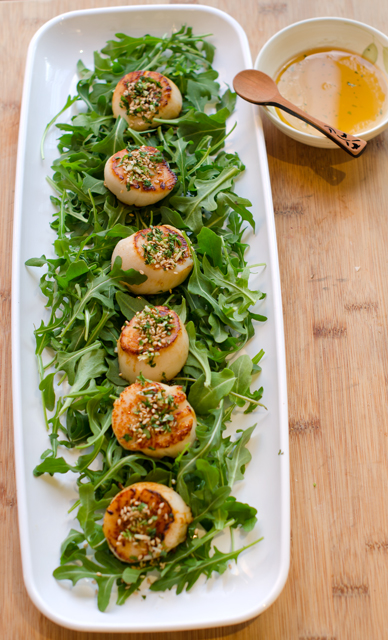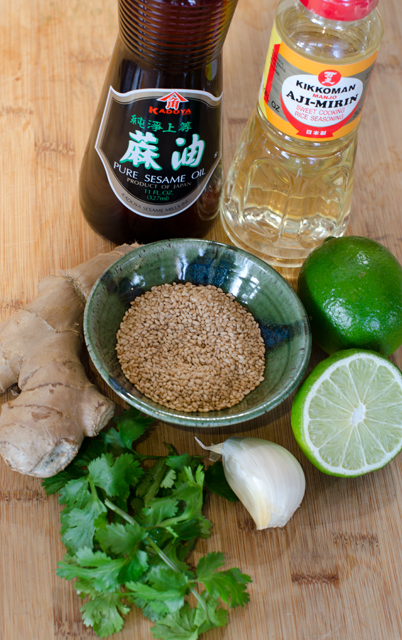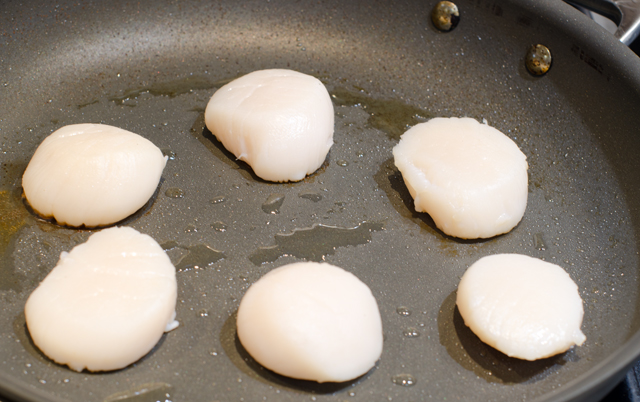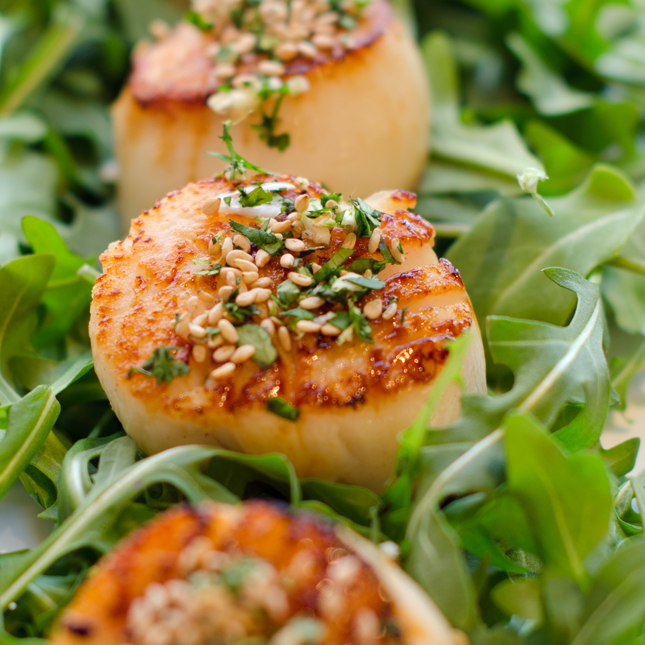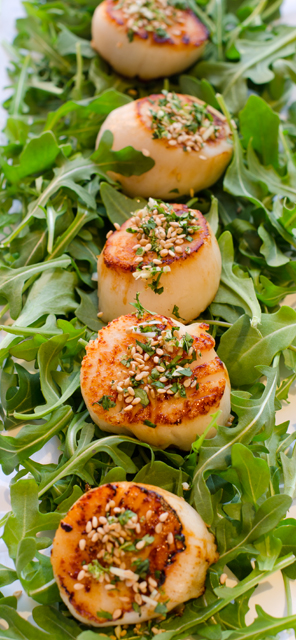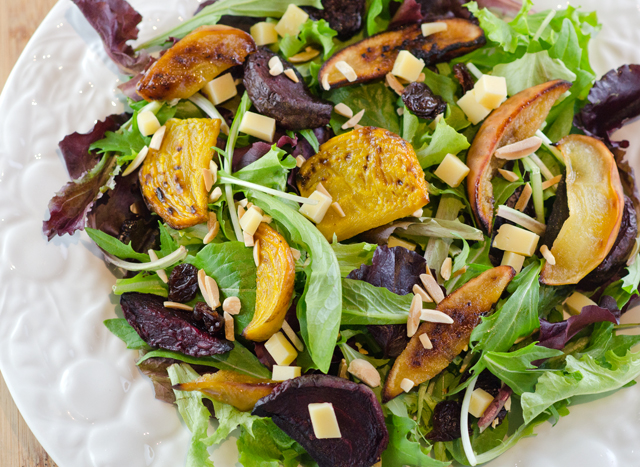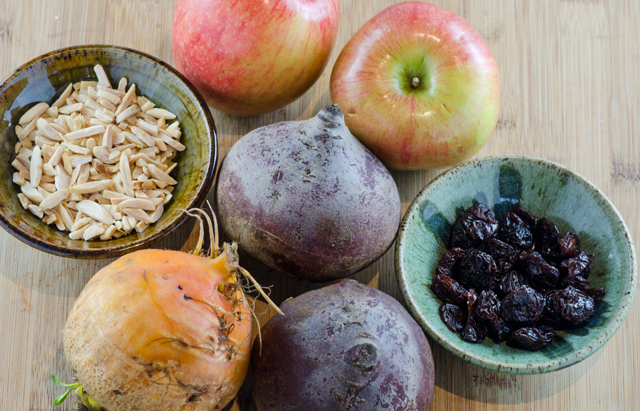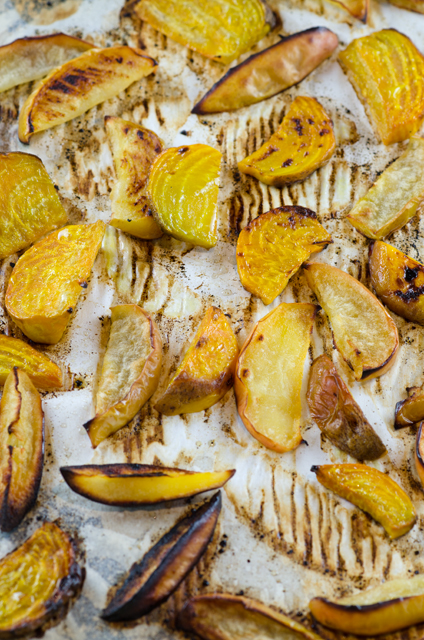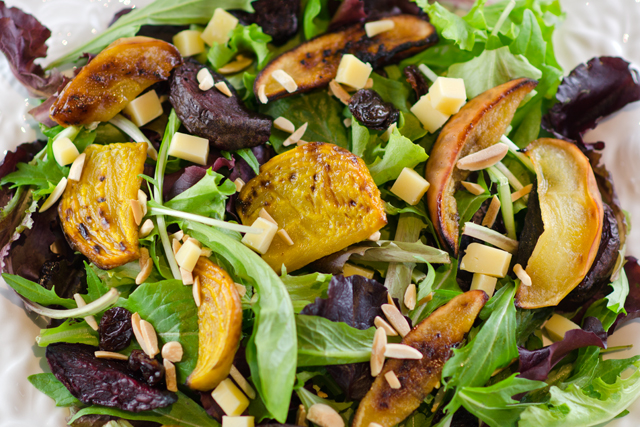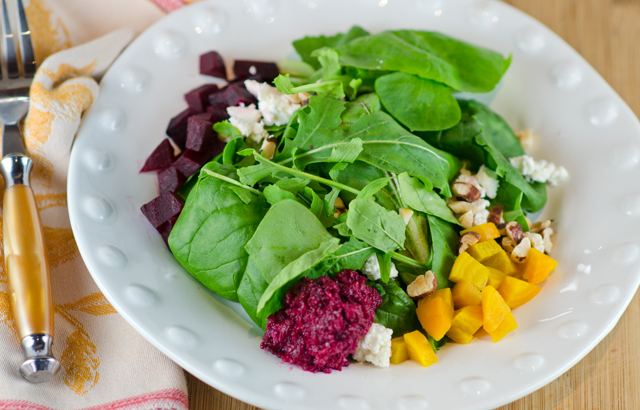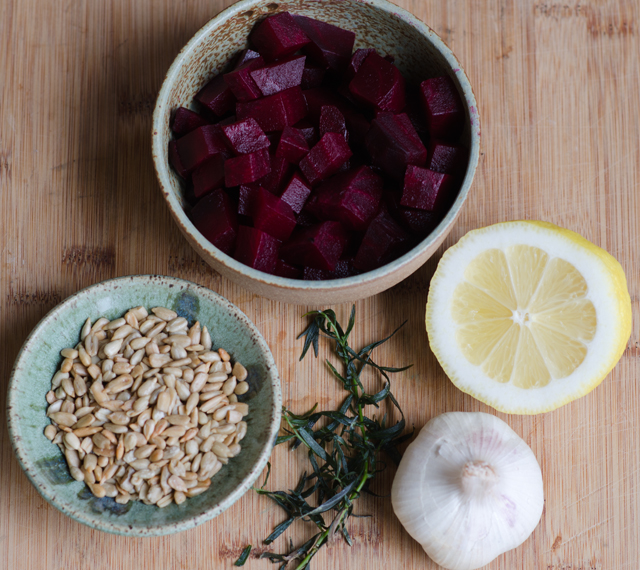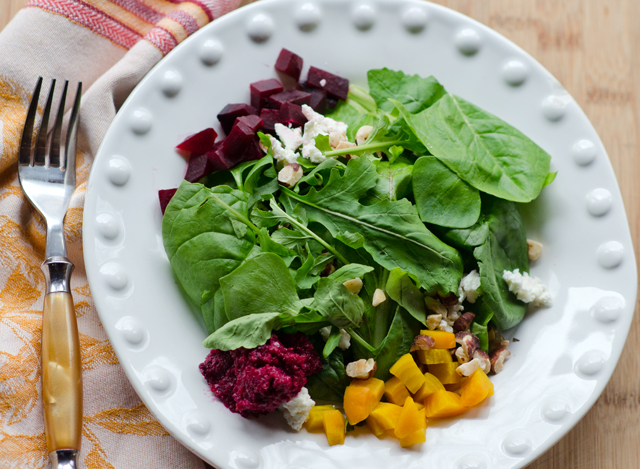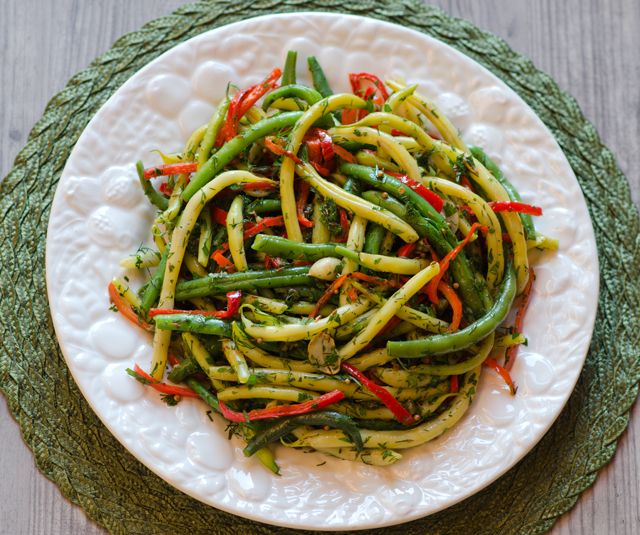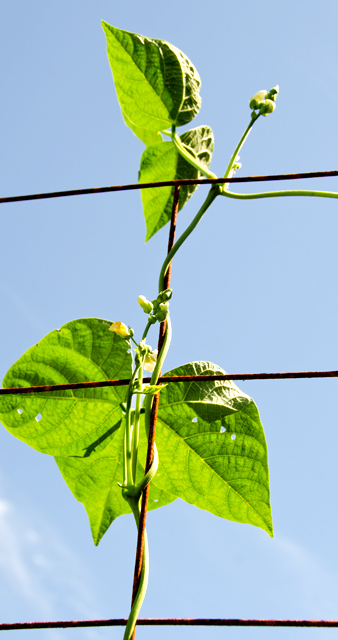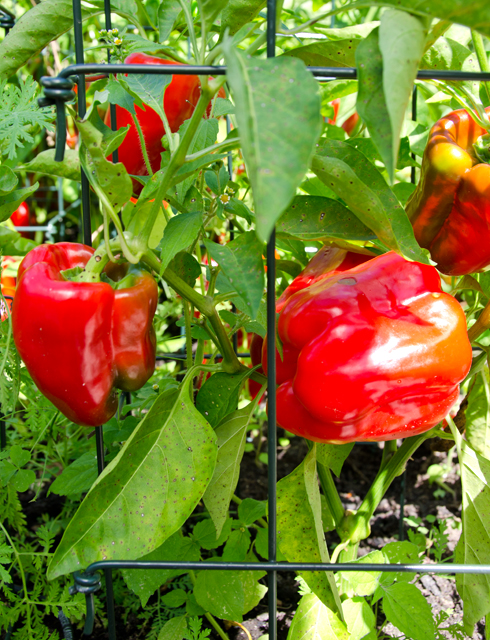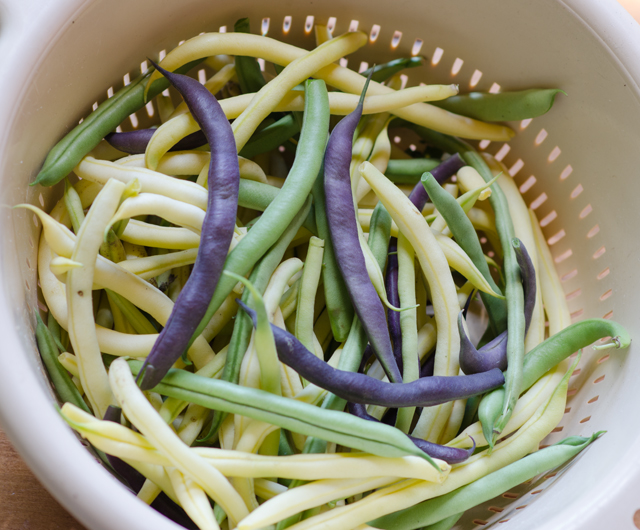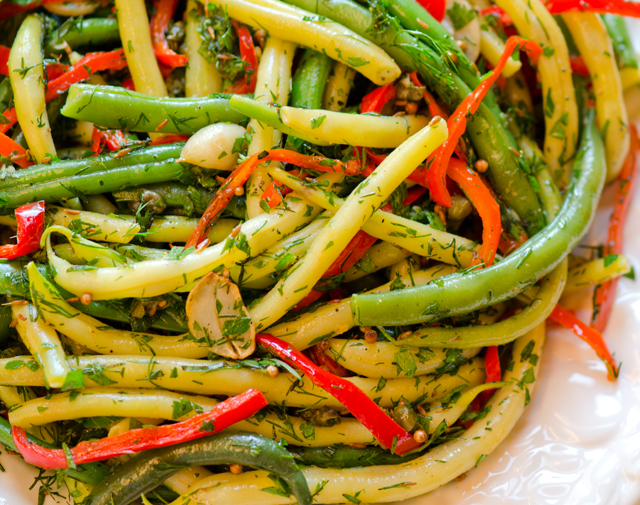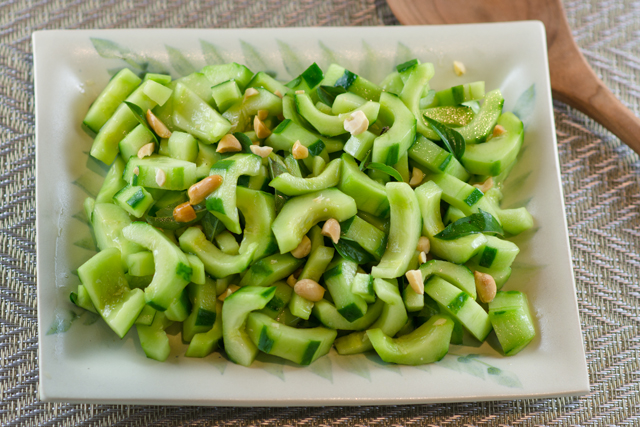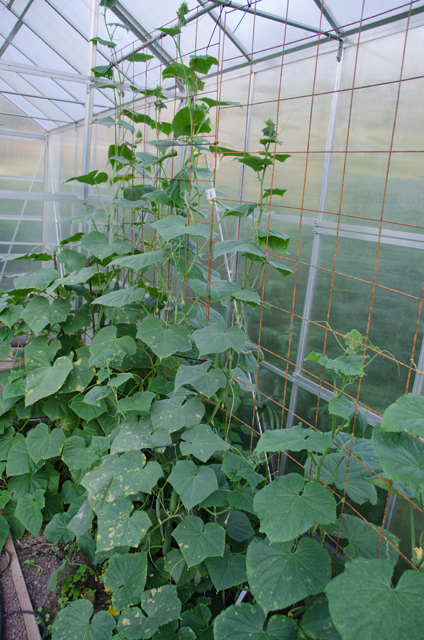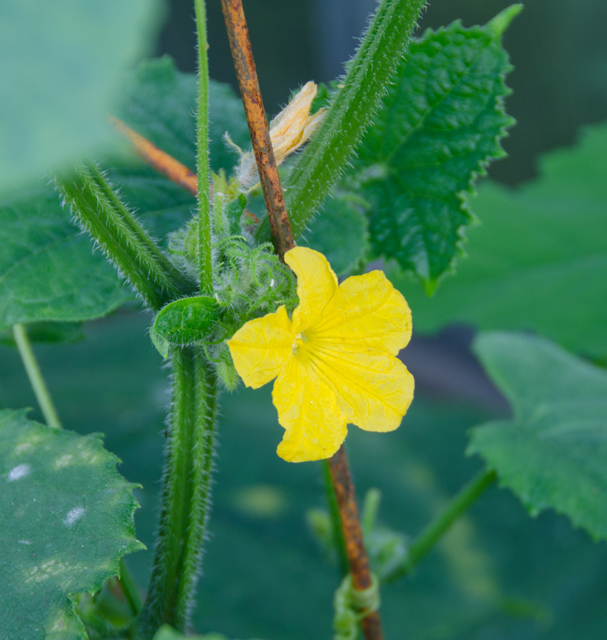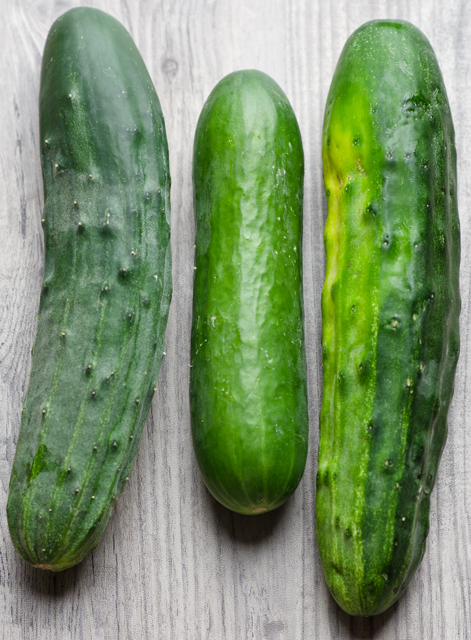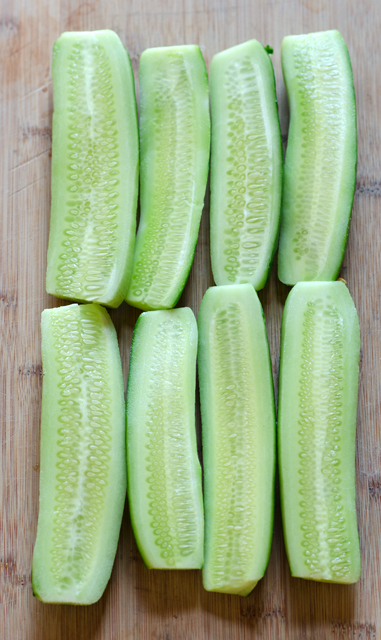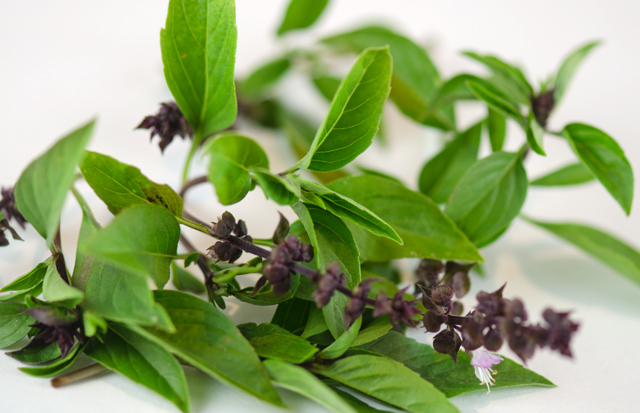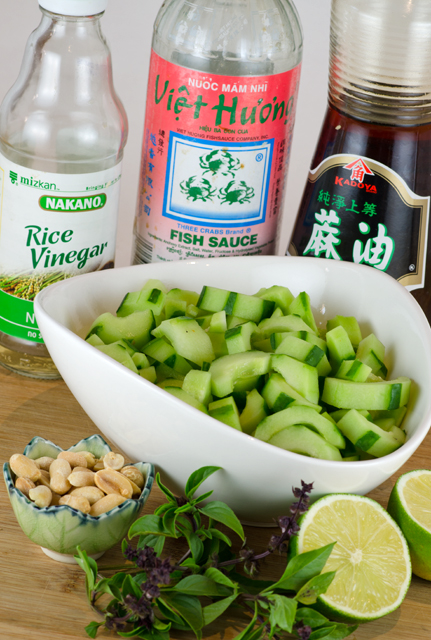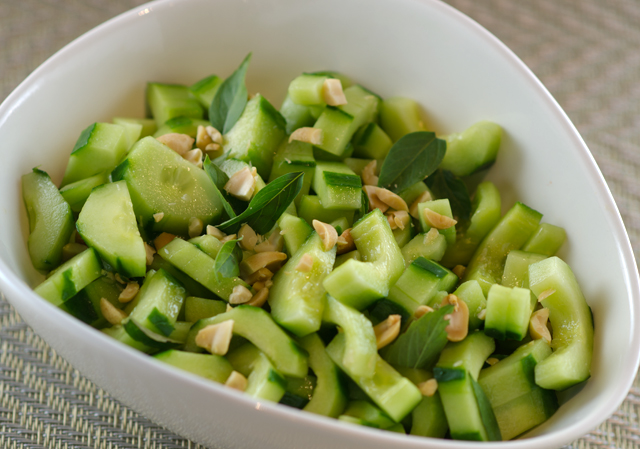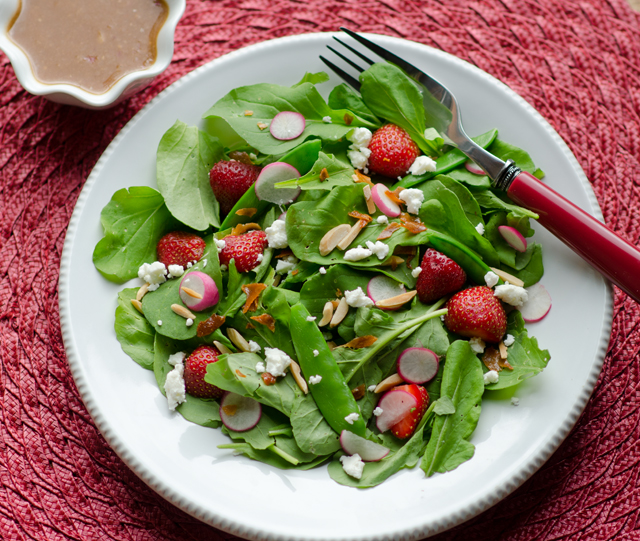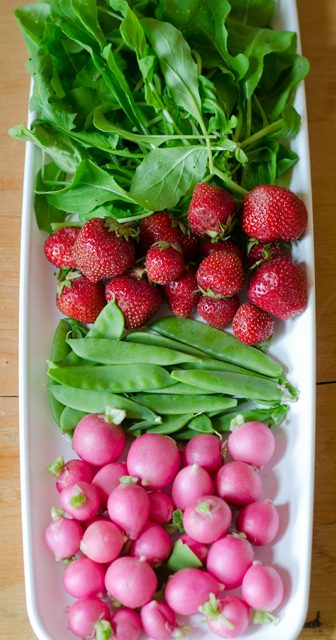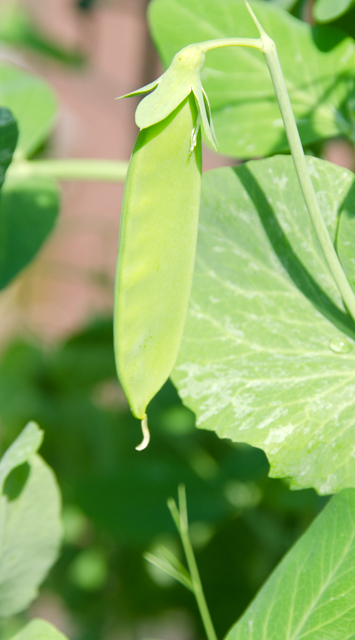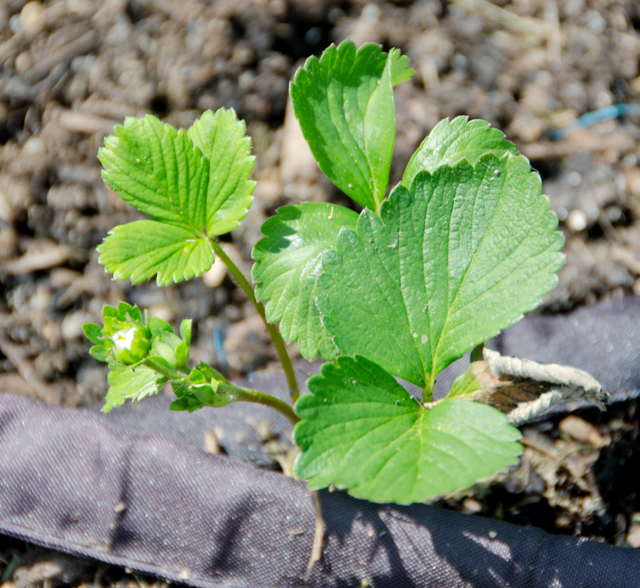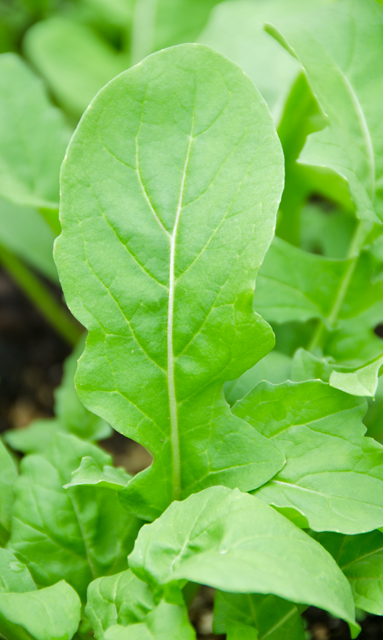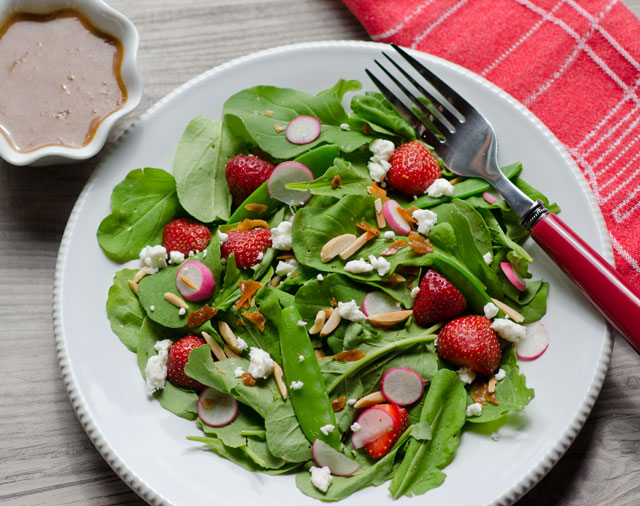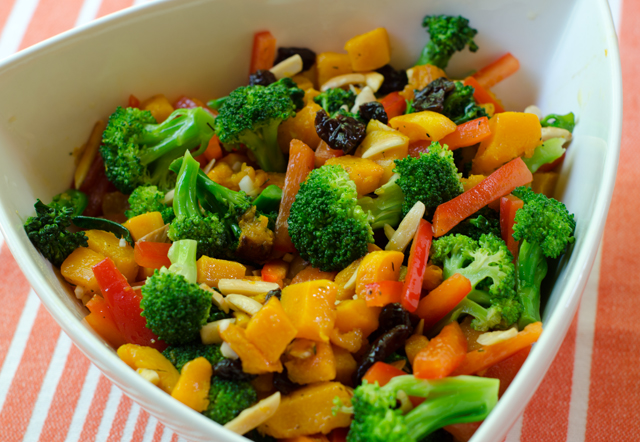 We always leave room for a large row of broccoli plants in the garden. But somehow this year, Joe forgot to buy broccoli seeds. We remedied that by purchasing “starts”, small broccoli plants from the garden center at the Home Depot. They are very healthy plants. They took well to transplanting and we’ve encountered no cabbage worm problem this year. But something wasn’t right. Normally, broccoli plants have form one large head in the center. After the center head is harvested, it produces additional side growth for a few more weeks. This year the plants produced no center head but a reasonable amount of side growth.
We always leave room for a large row of broccoli plants in the garden. But somehow this year, Joe forgot to buy broccoli seeds. We remedied that by purchasing “starts”, small broccoli plants from the garden center at the Home Depot. They are very healthy plants. They took well to transplanting and we’ve encountered no cabbage worm problem this year. But something wasn’t right. Normally, broccoli plants have form one large head in the center. After the center head is harvested, it produces additional side growth for a few more weeks. This year the plants produced no center head but a reasonable amount of side growth.
I did a little research and there is a good possibility that the plants were subject to “buttoning” before we bought them. They could have been exposed to cold temperatures (35-50°F) for several days. Other possible stressors include insufficient water, a lack of nitrogen, excessive salt in the soil, pests or disease. I guess the moral of the story is to plant as much as you can from seed, that way you can be certain your plants have been nurtured properly. That said, we still have some broccoli and I created this healthy salad from some of those side shoots plus other ingredients in my kitchen, butternut squash, red pepper, dried cherries and slivered almonds.
Toss butternut squash cubes with olive oil, salt and pepper. Spread them out on a baking sheet and bake in a 375°F oven. Toss them occasionally on the baking sheet to ensure even browning on all sides. Squash cubes shrink, the four cups you start with will yield about 2 1/2 cups of finished product. Even though the broccoli I used was picked that day, I prefer to blanch it for thirty seconds to brighten the color and bring out it’s flavor. After you drain it in a colander, plunge the broccoli into an ice bath. This will stop the hot broccoli cooking and prevent it from turning limp and watery. After it has cooled down, place the florets on a clean kitchen towel to dry.
You could just add plain nuts to the recipe, but toasting them really brings out the flavor. Add the nuts to a skillet large enough to stir or toss them in, depending how brave you are. Cooking over medium high heat, keep the nuts moving at all times to ensure even toasting and no burnt spots. Toasting brings out some of their oil and makes the kitchen smell great! Any nut will work, walnuts, pecans even sunflower seeds.
I had several types of dried fruit in the kitchen and decided that dried cherries would add a tangy sweet element to the dish. I made a vinaigrette with Sicilian Lemon White Balsamic from The Tubby Olive. It has a pleasant acidity with a bright crisp lemon flavor. I combined it with a few tablespoons of their Roasted Almond Oil and finished it with some extra virgin olive oil. Toss the broccoli florets, squash cubes and pepper strips with some of the dressing. Add the cherries and almonds and toss again, adding dressing if necessary. Veggies exude their own liquid, so be judicious in adding the vinaigrette. Refrigerate the salad for several hours to bring out the flavors. Taste before serving, adding any additional dressing, salt and pepper. It’s a colorful, healthy and very flavorful salad.
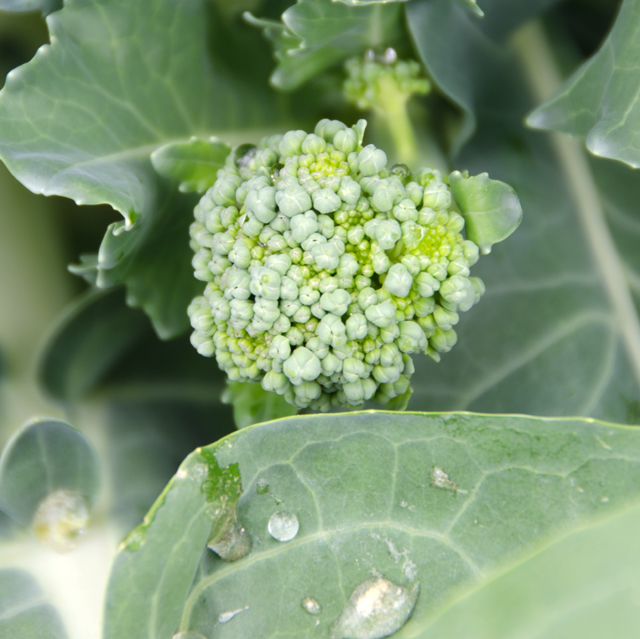
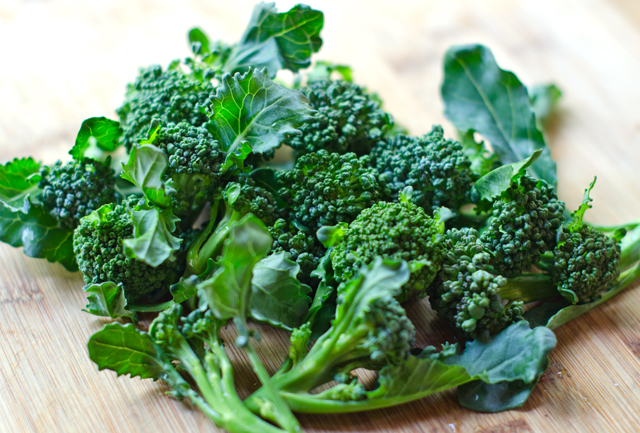

Broccoli and Butternut Squash Salad
Serves four
Ingredients
- 4 c broccoli florets
- 1 medium butternut squash, peeled, seeded and cut into 1″ cubes, about 4 cups
- Extra virgin olive oil
- Kosher salt and freshly ground pepper
- 1 c red pepper strips, 2″ x ½” from one small pepper
- ½c slivered almonds
- ½c dried cherries
- ¼c Sicilian Lemon balsamic vinegar
- 1 small clove garlic, chopped
- Pinch of dried thyme
- 2 T Roasted almond oil
- ¼c extra virgin olive oil
Directions
- Preheat oven to 375°F.
- In a large bowl, toss butternut squash cubes with 1-2 tablespoons of extra virgin olive oil and sprinkle with salt and pepper. Spread out evenly on a baking sheet.
- Place in the preheated oven and bake for 16-20 minutes, tossing occasionally to be certain squash gets browned on all sides. Let cool to room temperature.
- Fill a large pot with water and a pinch of salt and bring to a boil. Put a colander large enough to accommodate the broccoli in the sink.
- Have an ice bath (bowl with water and ice at the ready. Plunge the broccoli in the boiling water and count to 30. Immediately drain the broccoli in the colander then transfer it to the ice bath to stop the cooking.
- Drain the broccoli when it has cooled a bit and place broccoli florets on a clean dishcloth to dry them off a bit.
- Toast almonds in a medium dry skillet over medium high heat. Keep them constantly moving to ensure even coloring. They will exude some of their oil and they smell great. Remove from the pan and cool.
- In a small bowl, combine the lemon balsamic, garlic, thyme and oils. Stir to combine. Season with salt and pepper.
- Place the butternut squash, broccoli and pepper strips in a large bowl and toss with some of the dressing. Add the dried cherries and almonds and toss again, add a little more dressing if needed. Chill before serving.
